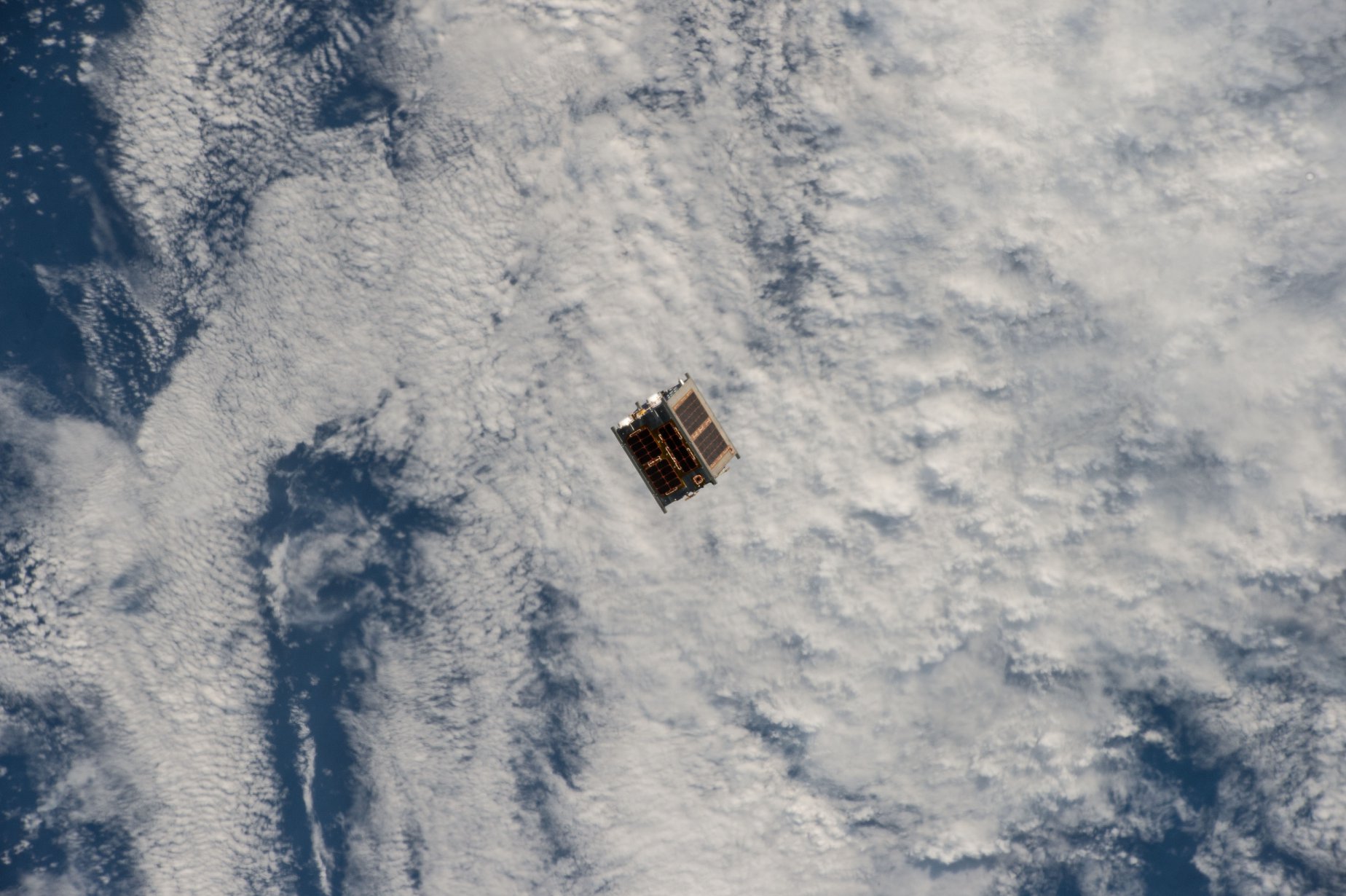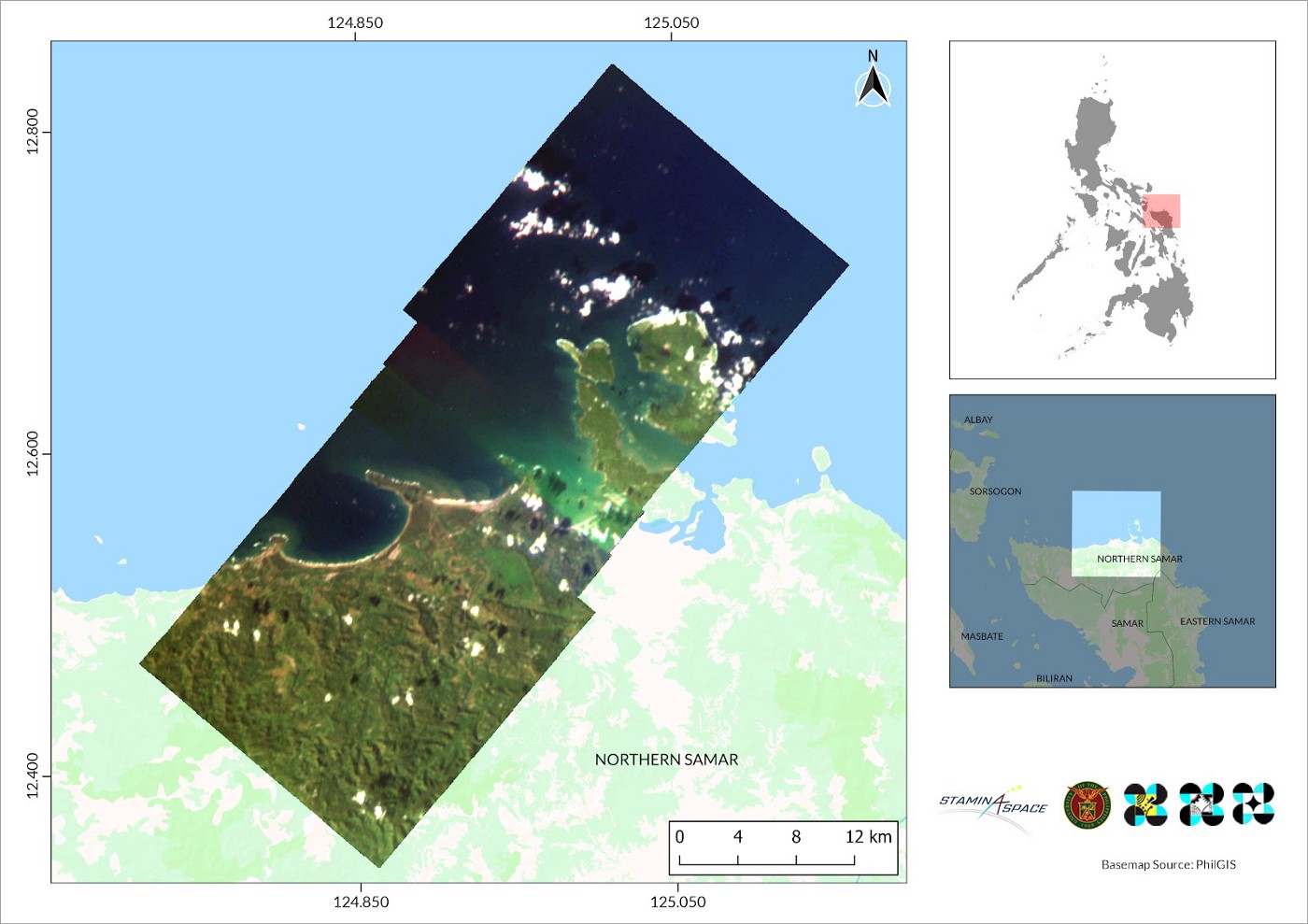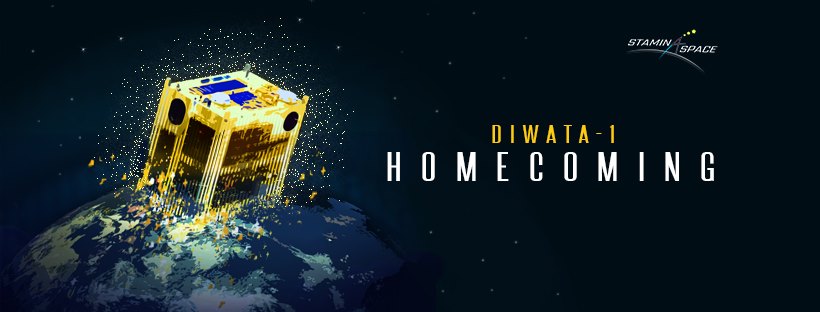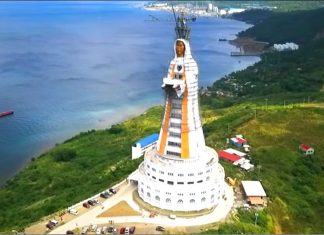
The Philippines’ first microsatellite, Diwata 1, completed its space mission after four years and has re-entered the Earth’s atmosphere.
Diwata 1’s earth observation space mission exceeded expectations of its projected 1.5 years lifetime and finally re-entered the earth’s atmosphere, the STAMINA4Space / PHL-Microsat confirmed on April 6, 2020.
“We confirm that today, 6 April 2020 at 04:49 a.m. Philippine Standard Time (PST), Diwata-1 was at an altitude of approximately 114km based on telemetry data received from the satellite,” STAMINA4Space / PHL-Microsat announced on its Facebook.
“This altitude is very close to the Karman line, or the widely accepted boundary between outer space and the Earth’s atmosphere. It is expected that beyond this altitude, the chances of successfully establishing contact with Diwata-1 are extremely low.”
This, therefore, marks the official end of the mission lifetime of Diwata-1.”
The Philippines’ first microsatellite was developed by Filipino engineers and scientists from the University of the Philippines Diliman (UPD) in collaboration with Japanese universities, Tohoku University and Hokkaido University, and with support from the Department of Science and Technology (DOST), monitored by DOST’s Philippine Council for Industry, Energy, Emerging Technology Research and Development (PCIEERD), and implemented by the DOST Advanced Science and Technology Institute (ASTI).
Diwata 1 was launched into space on March 23, 2016, from Cape Canaveral, Florida and was deployed into orbit from the International Space Station (ISS) on April 27.
Diwata 1 weighed 53 kgs and measured 50cm x 35 cm x 55 cm. The Philippine microsat carried three (3) optical instruments to undertake a scientific earth observation mission, including:
- studying the extent of damages from natural disasters
- assessing changes in vegetation and ocean productivity
- capturing large scale cloud patterns
Diwata 1 Legacy
The Diwata-1 images were hailed for capturing world-best high-resolution images.
STAMINA4Space / PHL-Microsat reports that Diwata-1 covered 114,087 km. sq. of the Philippines’ land, or roughly 38.0%. Diwata-1 also orbited approximately 22,643 times around the Earth and passed by the Philippines roughly 4,800 times.
Among the pioneering Diwata 1’s legacies are:
- advancing Philippine Space Technology
- building skilled manpower and new knowledge for the country in space science, technology, and applications
- leading to the establishment of graduate studies on nanosatellite engineering offered by the University of the Philippines Electrical and Electronics Engineering Institute (UP EEEI) and the Space Science and Technology Proliferation Through University Partnerships (STeP-UP), a component of the STAMINA4Space Program
- construction of research facilities such as the UP University Laboratory for Small Satellites and Space Engineering Systems (ULyS³ES)
Diwata-1’s Last Mission

Diwata-1’s last mission was to gather satellite images of Samar. This image was captured on December 28, 2019.
STAMINA4Space / PHL-Microsat reported that Diwata-1’s last mission captured images of Samar on December 28, 2019. The microsat afterward captured more images to study satellite image degradation. Its last imagers were recorded in February 2020.
The health and status of Diwata-1 were closely monitored by the Space Technology and Applications Mastery, Innovation and Advancement (STAMINA4Space) Program over the past few months as they observed that its altitude is continuously decaying at an increasing rate each day. On March 23, Diwata-1 was announced to have entered into the decommissioning stage.
“Welcome back, home! You will always be remembered for opening the horizons of space to the Philippines. You have, in many ways, exceeded our expectations in your four years of service. We shall build upon your legacy as we continue to explore new frontiers and forge ahead with the future of the Philippine space program.
Thank you.
Domo arigato.
Salamat po.
Mabuhay ka at Mabuhay ang Pilipinas!” STAMINA4Space/PHL-Microsat social media posted.
Philippine Space Agency (PhilSA) Director-General Dr. Joel Joseph S. Marciano, Jr. credited Diwata 1 for contributing to the establishment of the country’s space program.
“Diwata-1 may have burned up completely as it re-entered our atmosphere, but it did not disappear. It leaves behind a body of trailblazing work and knowhow, and produced a core group of Filipino engineers, scientists and researchers who will ensure that we continue on the path to building endogenous capacity in space technology in the country.
Thanks to the pioneering initiatives of the University of the Philippines, the Department of Science and Technology and partners in the STAMINA4Space program, the recently-established Philippine Space Agency and the future of space technology in the country is on solid footing.”
Dr. Gay Jane Perez, the new Program Leader of the STAMINA4Space program, added: “As we celebrate the legacy of Diwata-1, it is a fitting reminder of how Earth observation satellites collect invaluable data about our planet. We could rely on these space-based platforms to remotely take the much-needed measurements of our rapidly changing environment. And with Diwata-1’s end of life, its mission to provide actionable information for the benefit of the Filipinos continues with Diwata-2.”
Another Philippine microsat, Diwata-2, celebrated its first year in space in 2019.
With reports from Blesilda Dela Cruz
SEND WELCOME HOME CHEERS in the comments below to Diwata 1 and its team of Filipino scientists and engineers!
Want to know how to be a Proud Pinoy? Like, Follow, Subscribe to GoodNewsPilipinas.com and our socials Facebook, Twitter, Instagram, Good News Pilipinas! TV on YouTube, for new story notifications and e-mail newsletters for updates on more Filipino Pride stories.











